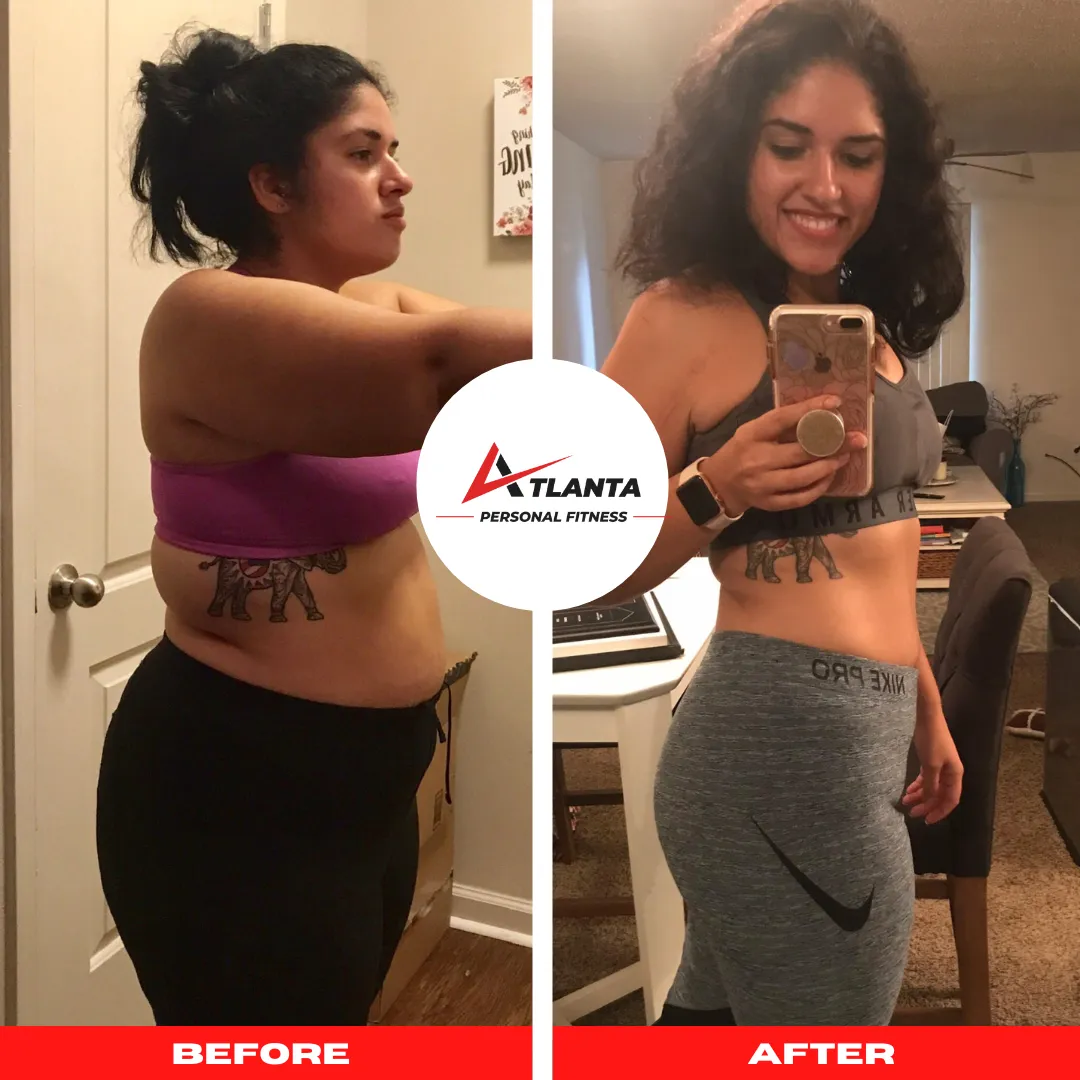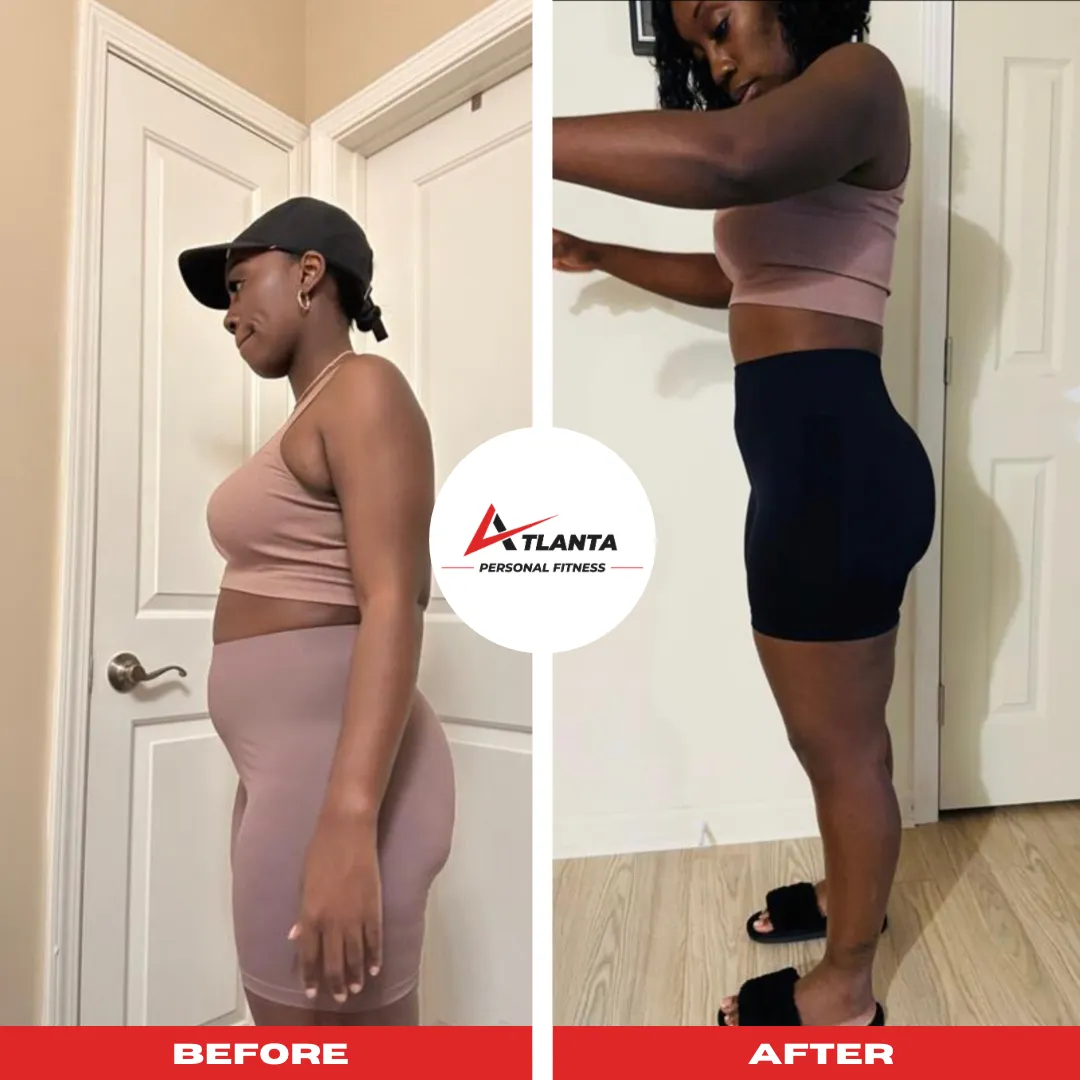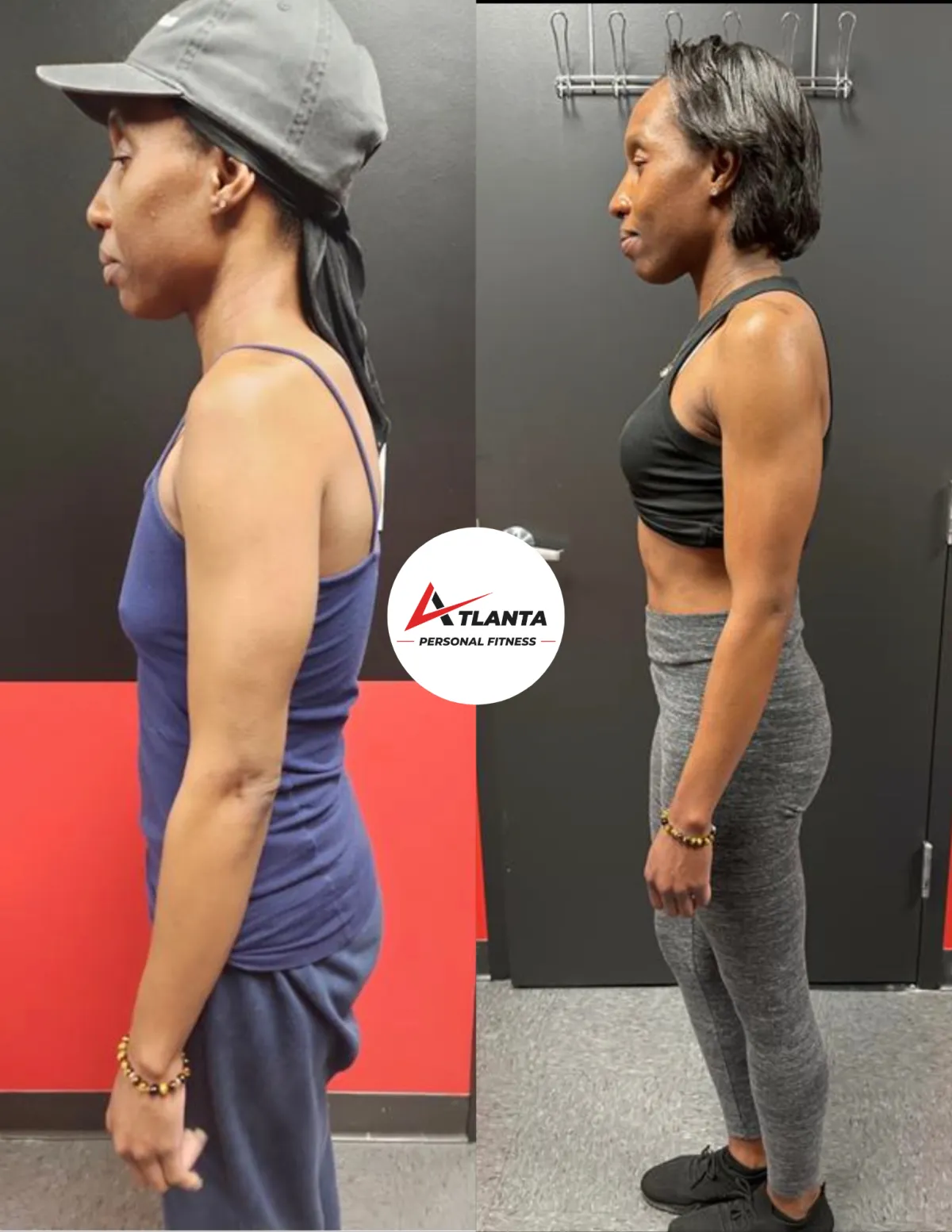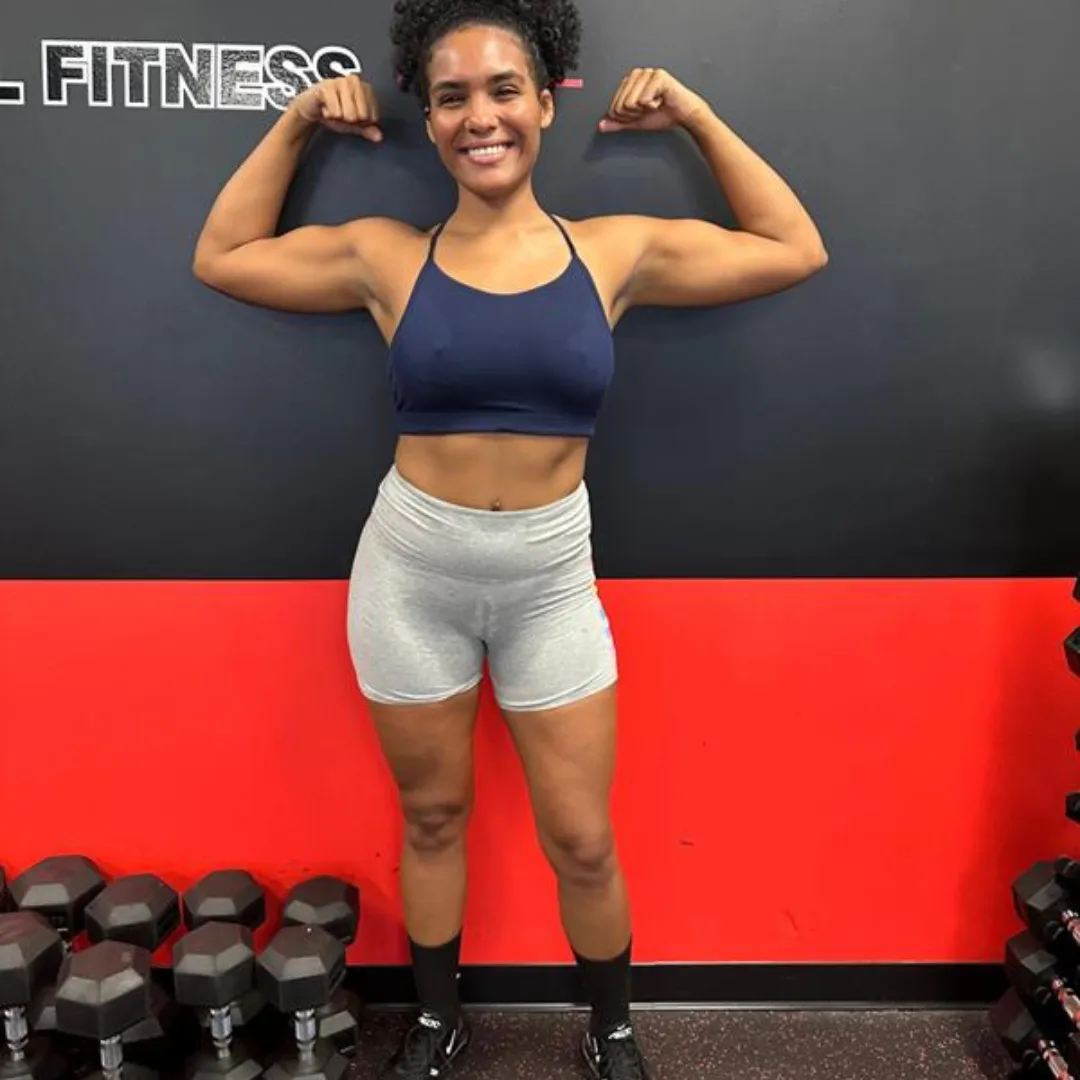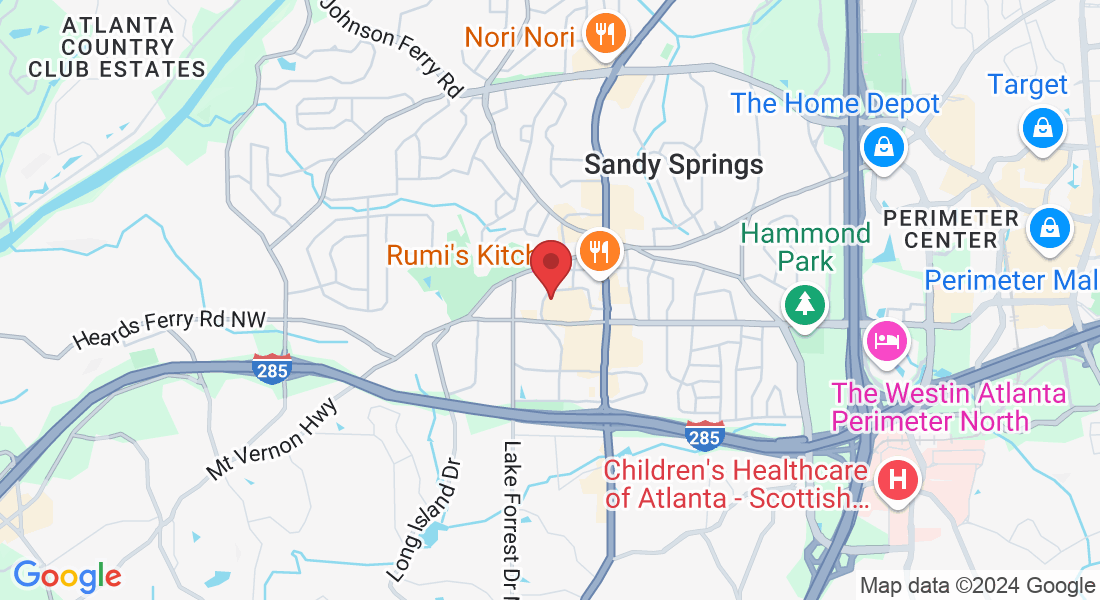When you want to keep exercising, there are some things that can help you stay motivated and have fun.
One big thing is your menstrual cycle.
Knowing how your cycle affects your body can make your workouts better and more comfortable.
Here’s a simple guide to help you work out during your menstrual cycle!
1. Learn About Your Cycle
Your menstrual cycle has different phases, and each phase can change how you feel:
Menstrual Phase (Days 1-5): This is when you have your period. You might feel cramps, tired, and a little moody.
Follicular Phase (Days 6-14): Your hormones start to rise, and you may feel more energetic and ready to exercise.
Ovulatory Phase (Days 14-21): This is when you feel really strong! You might be able to lift heavier weights and try harder workouts.
Luteal Phase (Days 21-28): Your body gets ready for your next period. You may feel bloated or tired, and it’s okay to take it easy.
2. Change How You Work Out
During Your Menstrual Phase:
Let your coach know and she will modify the intensity of your workouts based on this phase in your cycle.
During the Follicular Phase:
Your coach can ramp up the intensity, heavier lifting and really go ham on these days!
During the Ovulatory Phase:
Build Your Strength: You can lift heavier weights and do hard workouts during this time since you feel the strongest.
Try New Things: Use this time to do harder workouts and go for personal records in movements like the deadlift and squats.
During the Luteal Phase:
Listen to Your Body: If you feel bloated or moody, be sure to lower back down the intensity, longer rest breaks, lighter weights and etc. that your coach can modify for you.
Relax: Yoga, meditation, and deep breathing can help you feel better.
3. Eat Right
Your body needs different foods in each phase:
Menstrual Phase: Eat foods with iron, like leafy greens and lean meats, to help with tiredness. Drink lots of water too.
Follicular Phase: Eat balanced meals with proteins, healthy fats, and whole grains to give you energy.
Ovulatory Phase: Keep eating healthy proteins and fats to support your strong workouts.
Luteal Phase: Foods with magnesium, like nuts and seeds, can help with PMS and give you energy.
4. Keep Track of Your Cycle
Everyone experiences their cycle differently.
It can help to write down how you feel and how you do in your workouts.
You can use an app or a journal to see patterns and change your routine if needed.
5. Rest and Recover
No matter which phase you’re in, rest is very important. Make sure you get enough sleep, manage your stress, and allow your body to rest after intense workouts.
Adapting your workouts to match your menstrual cycle can help you stay active and feel good.
By understanding how each phase affects your body and adjusting your exercises, you can enjoy your fitness journey.
Remember to listen to your body, make changes when you need to, and celebrate your progress.
Stay strong and empowered, and let your cycle guide you in fitness!
PS - Try a free personal training session, click the button below to schedule!
